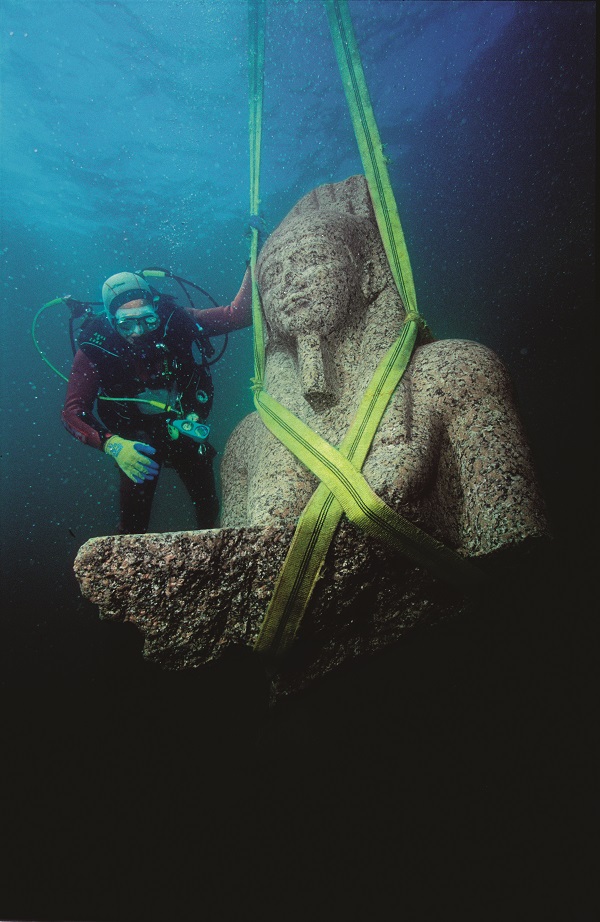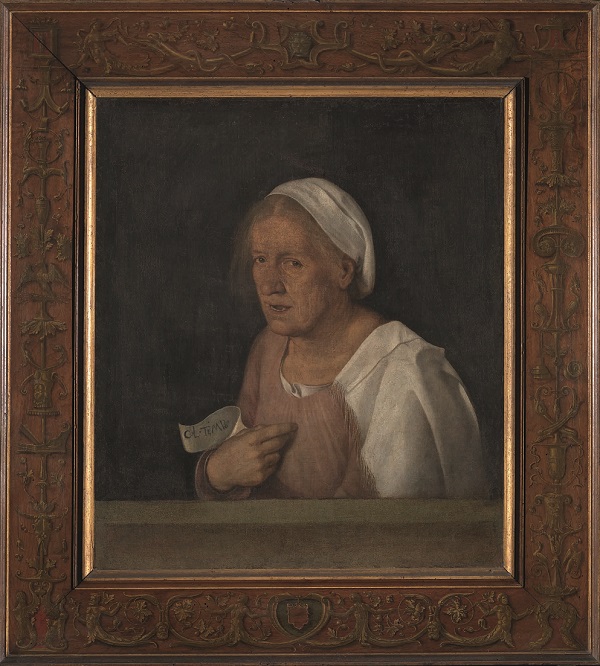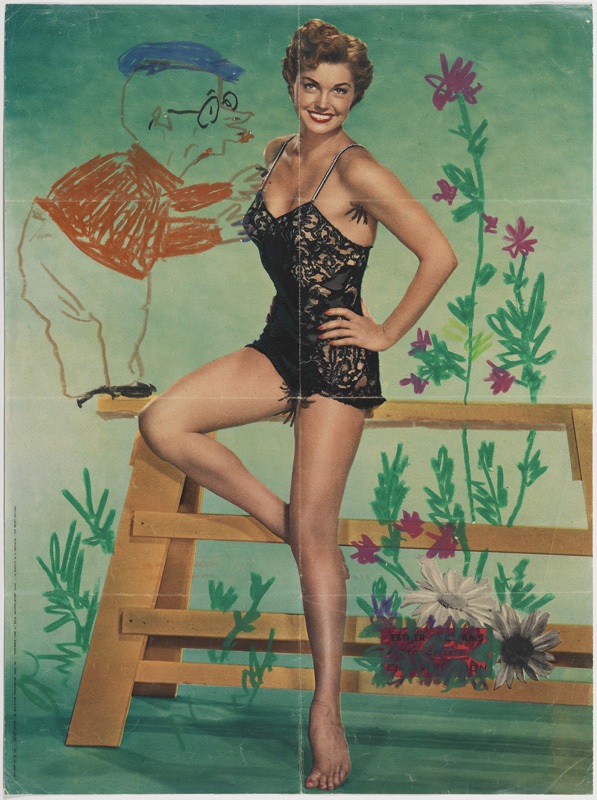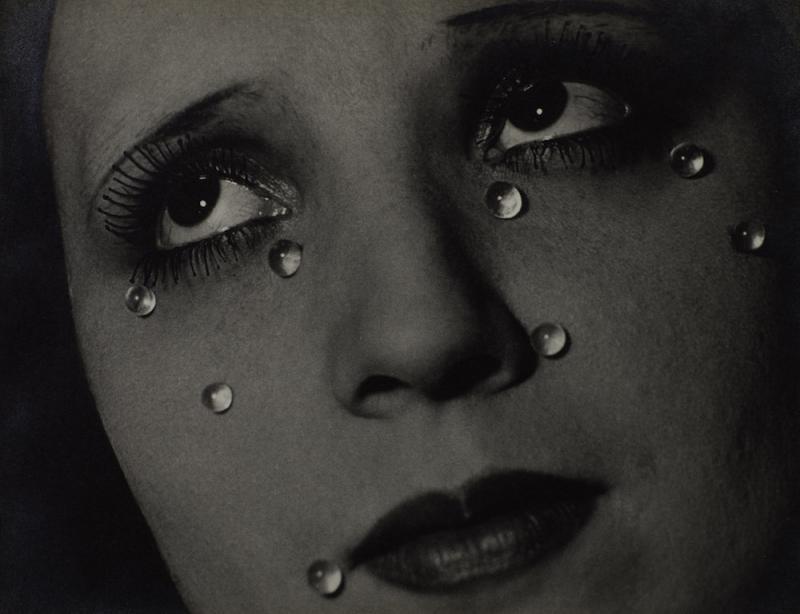Before we consign this miserable year to history, there are a few good bits to be salvaged; in fact, for the visual arts 2016 has been marked by renewal and regeneration, with a clutch of newish museum directors getting into their stride, and spectacular events like Lumiere London, and London’s Burning bringing light in dark times. 2016 leaves an impressive legacy of museum-building, too: Tate Modern opened its much needed extension in the summer, and the new Harley Gallery at Welbeck in Nottinghamshire provides a fittingly magnificent home for the treasures of the Portland Collection.
The Heong Gallery in Cambridge celebrated its opening at the beginning of the year with an inaugural exhibition of mid-century British painting, chiming with a revival of interest in British modernism that is set to continue in 2017. From introductions to little-known or forgotten artists, to reappraisals of modern giants and old masters, it has been a rich and rewarding year in art: in no particular order, here are just a few of the exhibitions that our critics have enjoyed in 2016.
 Abstract Expressionism, Royal Academy
Abstract Expressionism, Royal Academy
Sometimes an exhibition can impress as much by the way it has been put together as for its contents, and Abstract Expressionism was one of those. Reconfigured for each exhibition, the Royal Academy’s celebrated galleries are not always shown to their best advantage, but they couldn’t have been better suited to Ab Ex’s Holy Trinity. Pollock had room to breath, and Rothko gloried in the lowering gloom of the rotunda, but the real hero of the show was less well known. Here was Clyfford Still – maverick, loner, and a painter of canvases the size of a house. Vigorous, muscular and fizzing with testosterone, art doesn’t get more thrillingly macho than this.
Botticelli and Treasures from the Hamilton Collection, Courtauld Gallery
The Courtauld Gallery has established a well-deserved reputation as the home of small, accessible shows that make up for in intimacy and scholarly insight what they lack in glitz and razzmatazz. While the V&A reimagined Botticelli as a master of brand identity, the Courtauld gave us time with his drawings for Dante’s Divine Comedy. Spanning a vast emotional, technical and narrative range, this rarely-seen selection of sheets from Botticelli’s most ambitious and enigmatic work represent an absolute embodiment of Renaissance achievement. Displayed alongside a selection of illuminated books from the Hamilton Collection, Botticelli's drawings were presented as the last hurrah of an essentially medieval genre.
Winifred Knights, Dulwich Picture Gallery
Of the many British modernist painters currently enjoying a revival, Winifred Knights is amongst the most deserving, having been completely forgotten about in spite of her painting The Deluge, 1920, one of the most memorable images associated with the First World War. A superb draughtsman, she adopted the methods and materials of Renaissance forebears like Piero della Francesca, assimilating them into a distinctive and thoroughly modern style of her own.
 Sunken Cities, British Museum
Sunken Cities, British Museum
Lost underwater for more than 1,000 years, the busy Egyptian port of Thonis-Heracleion and its neighbour Canopus were rediscovered in the 1930s. Excavations have been ongoing ever since, and this wonderfully evocative exhibition displayed just a tiny proportion of the treasures archaeologists believe lie undiscovered. Beautifully preserved by the sea, the objects offered a vivid picture of two cosmopolitan and culturally diverse cities, their fortunes intimately connected to the power of river and sea.
Vogue 100, National Portrait Gallery
Hugely anticipated, this exhibition marking 100 years of Vogue exceeded all expectations. Subtitled “A Century of Style”, it had spark and panache in spades, but its reach extended far beyond fashion, chronicling 20th century Britain in unexpected, but resonant terms. From images of the Blitz to paintings and photographs by Paul Nash, Vogue has never been just about clothes, but in images of supermodels and those controversial, early pictures of Kate Moss by Corinne Bailey, fashion held up a compelling if wonky mirror to wider society.
Beyond Caravaggio, National Gallery
There’s been a trend in recent years for exhibitions that explore the work of a major artist without recourse to many – or any – of that artist’s significant works. It’s a formula much maligned by those who feel that exhibition-goers are getting a rum deal, but as the National Gallery’s Delacroix and the Rise of Modern Art showed, a painter’s followers can offer considerable insight into the reasons for his or her influence. By showing him alongside his many imitators, this exhibition cast Caravaggio in a league of his own, and was a rare instance of a female painter – in this case Artemisia Gentileschi – being acknowledged as one of the very few who came close to matching the great master.
 In the Age of Giorgione, Royal Academy
In the Age of Giorgione, Royal Academy
Another artist well placed to be examined via his influence on others is Giorgione, a quasi-mythical figure, the manner of whose death in a Venetian plague colony is about the only thing we know for sure. His influence is discernible in the work of contemporaries like Titian but the number of paintings attributed to him has contracted drastically in recent years, and today only a handful can be said to be reliable. The small number of supposedly secure attributions on display here were hard to reconcile with one another, and as a result, the exhibition was a thought-provoking, if accidental exploration of the contested fields of attribution, conservation and connoisseurship.
The Radical Eye, Tate Modern
Until a few years ago, Tate simply didn’t collect photography unless it could be classified as conceptual art, its limited holdings confined to pieces by the likes of Cindy Sherman and Richard Long. Nowadays, all that has changed, but it’s a legacy of its previously ambivalent attitude that it can only aspire to a collection like that of Elton John, which boasts hundreds of well known photographs including seminal examples of modernism like Man Ray’s Glass Tears, 1932 (main picture).
William Kentridge: Thick Time, Whitechapel Gallery
The fragmentation of time permeates the work of William Kentridge, from his explorations of early cinematic techniques to drawing, to mime. Lending a monumentality matched by hefty themes of colonialism and South African politics, the six large-scale installations forming the core of this major exhibition offered a poetic vision of our times.
 Picasso Portraits, National Portrait Gallery
Picasso Portraits, National Portrait Gallery
Who was Picasso? An exhibition of portraits, privately made, never commissioned, seemed as good a place to start looking as any. But the intimacy offered by this careful selection of drawings, paintings and sculptures was deceptive, and only deepened our sense of the artist's complexity. While it might be usual for artists to adopt different styles as they search for their own identity, Picasso matched styles to people, his choice of idiom allowing an incisive portrait but simultaneously clouding our sense of the artist himself. His tendency to hit the nail on the head in his depiction of those close to him suggests a cold streak of cruelty, his relentless caricatures of biographer Jaumes Sabartés no less chilling than his derisive, Cubist portrait of Olga of 1935.









![SEX MONEY RACE RELIGION [2016] by Gilbert and George. Installation shot of Gilbert & George 21ST CENTURY PICTURES Hayward Gallery](/sites/default/files/styles/thumbnail_125_x_125_/public/mastimages/Gilbert%20%26%20George_%2021ST%20CENTURY%20PICTURES.%20SEX%20MONEY%20RACE%20RELIGION%20%5B2016%5D.%20Photo_%20Mark%20Blower.%20Courtesy%20of%20the%20Gilbert%20%26%20George%20and%20the%20Hayward%20Gallery._0.jpg?itok=3oW-Y84i)





Add comment